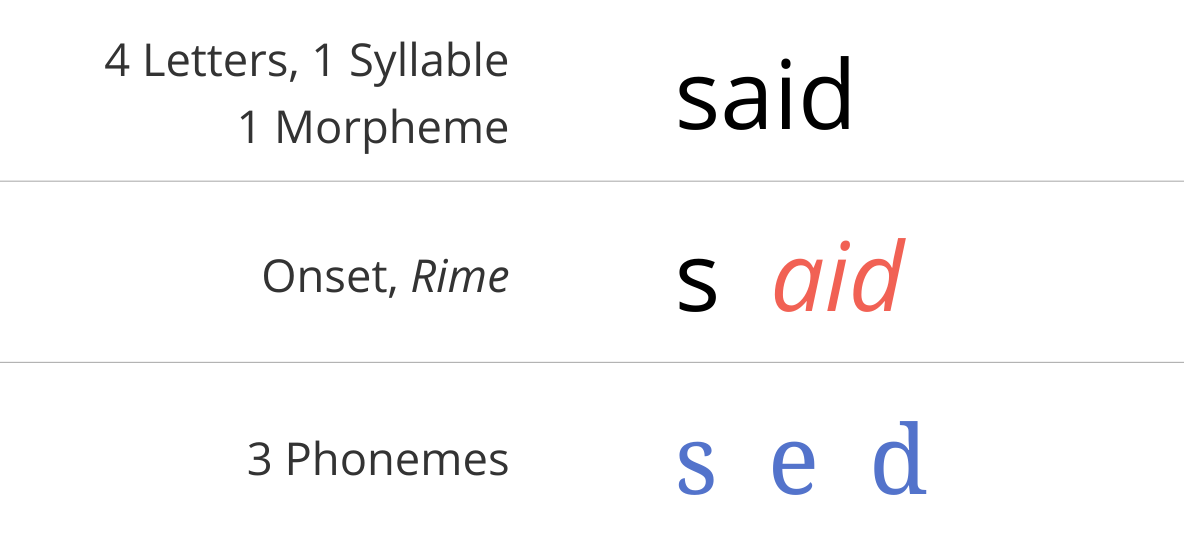Much worse than K‑12 has been higher education, where the Department of Education has essentially run almost the entire student loan industry. In 2022, the GAO reported that twenty-five years’ worth of federal student loans would cost taxpayers nearly $200 billion due to forgiveness plans and other non-repayment. There is, though, difficulty in making estimates, in part because the Department has failed in its basic operations, including tracking borrower repayments, as documented in another 2022 GAO report. And while the Biden administration focused on unconstitutional mass student debt cancelation, the Department failed at another basic job: simplifying the Free Application for Federal Student Aid (FAFSA).
The FAFSA is the gateway to student aid that is, unfortunately, baked into the price of collegeand, hence, necessary for many people to attend college. Of course, the necessity of aid is another major reason to end fed ed: it is a hugely negative, unintended consequence of federal “help” that is almost certainly a disease worse than the cure.
And do not think the feds have historically been essential for education. A major federal funding role only began in the mid-1960s; the Department has only existed since 1980. This is in large part because the Constitution gives the federal government no authority to govern education (alas, a point neglected in the Project 2025 chapter) and for most of our history few people would have imagined a major federal role.
